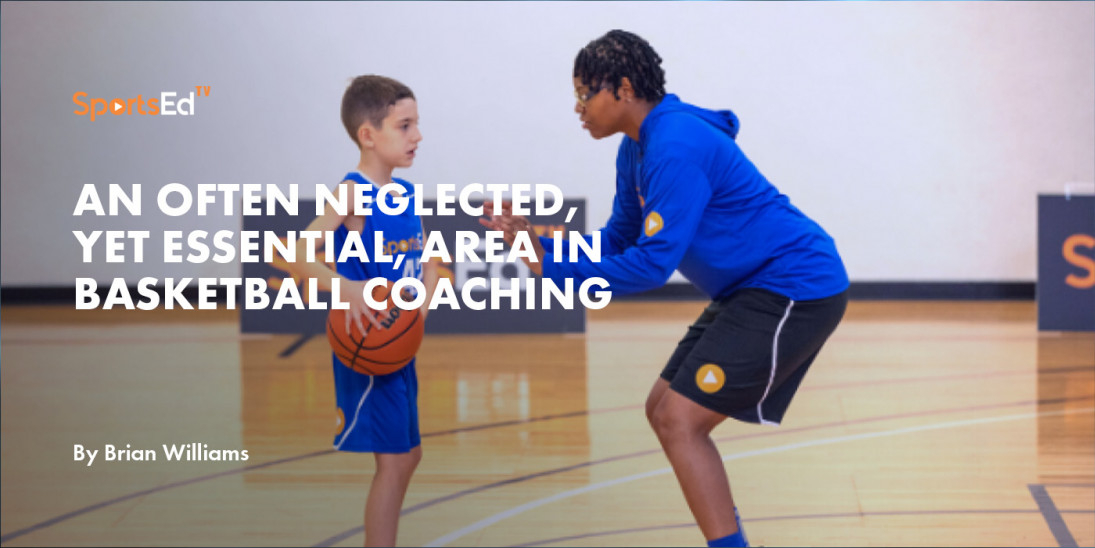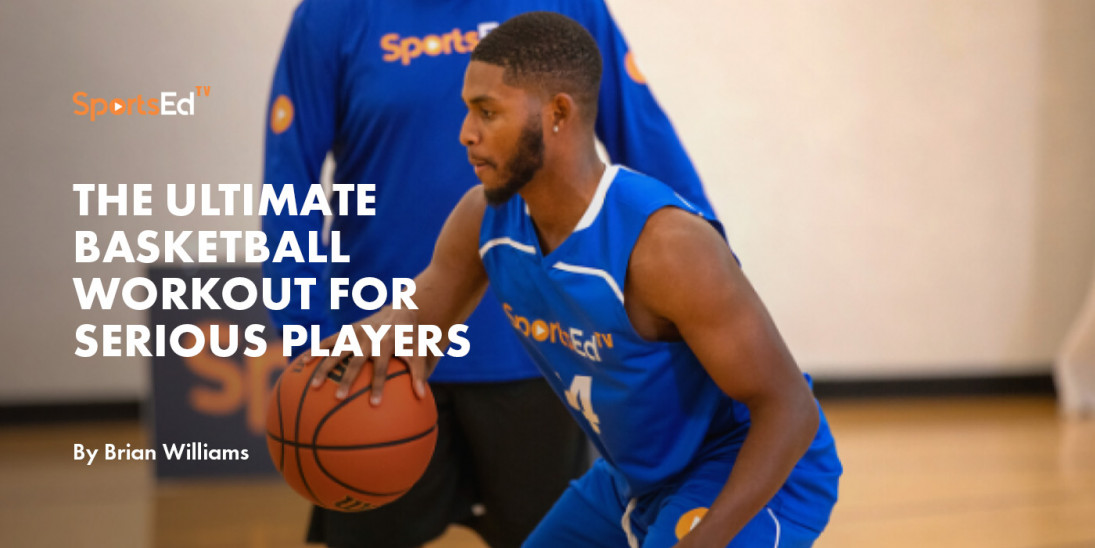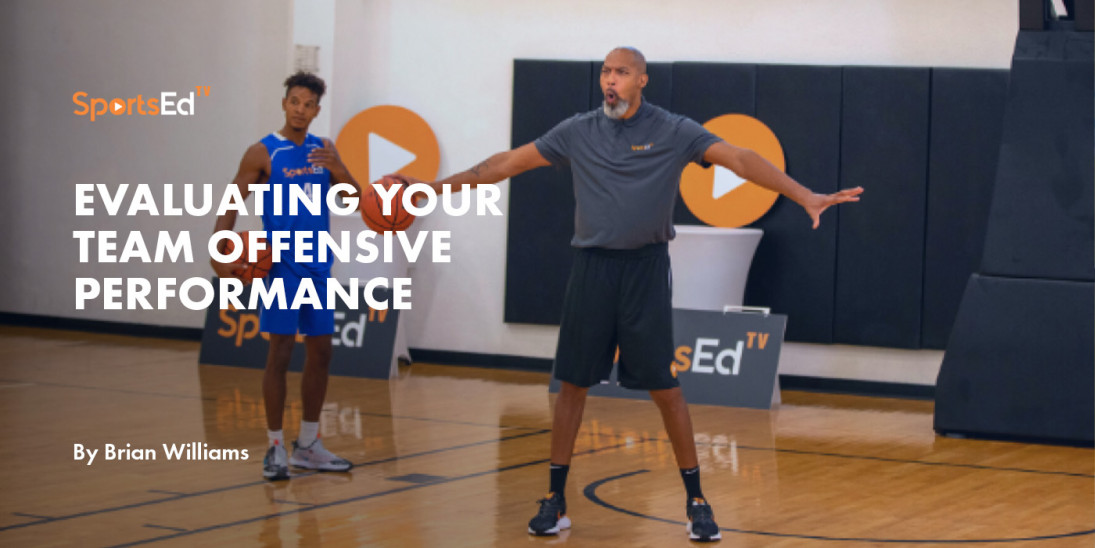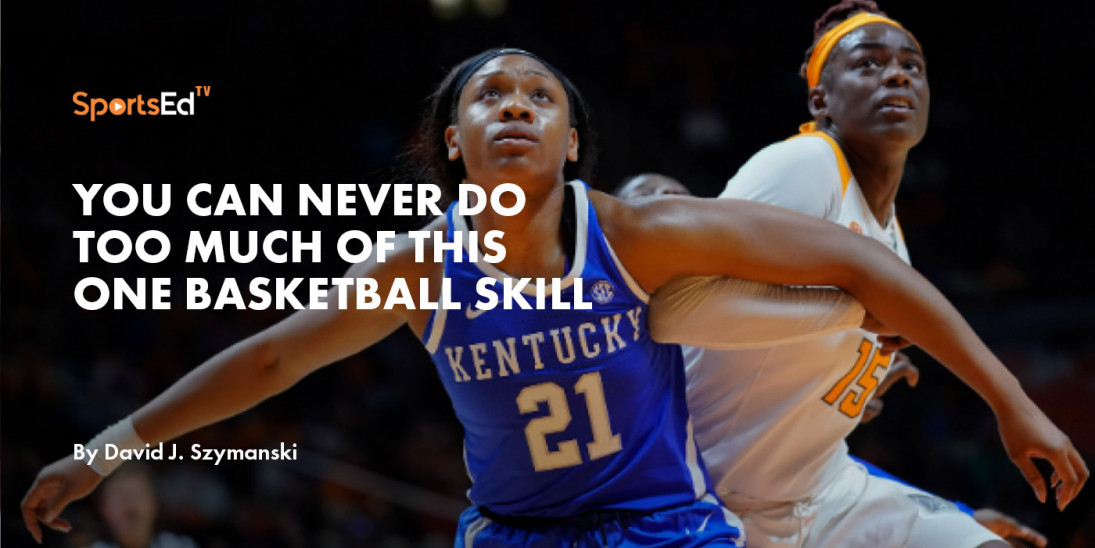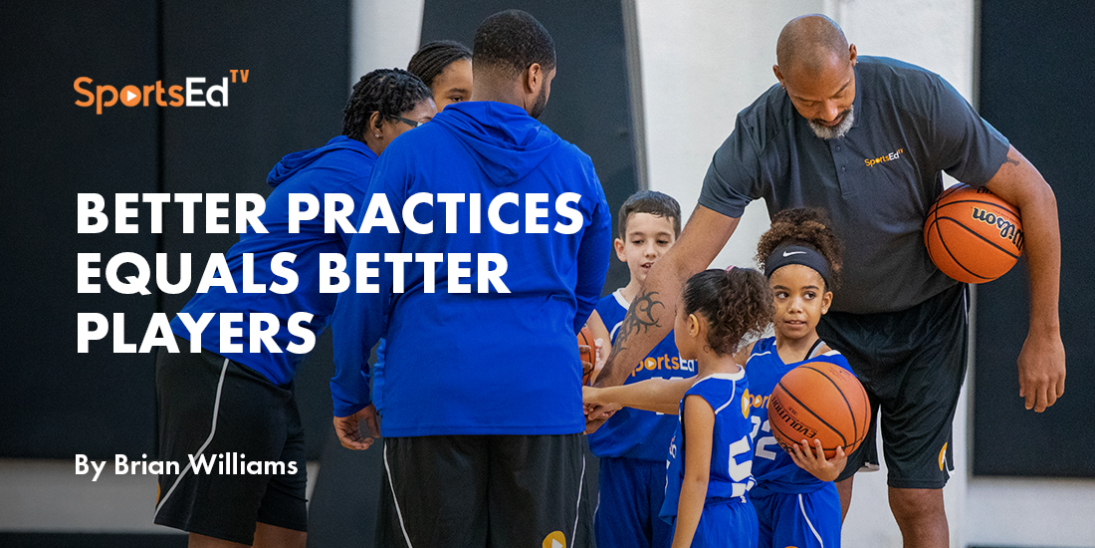Basketball
Welcome and thanks for visiting...

How to Use Your Dribble to Help Your Basketball Team
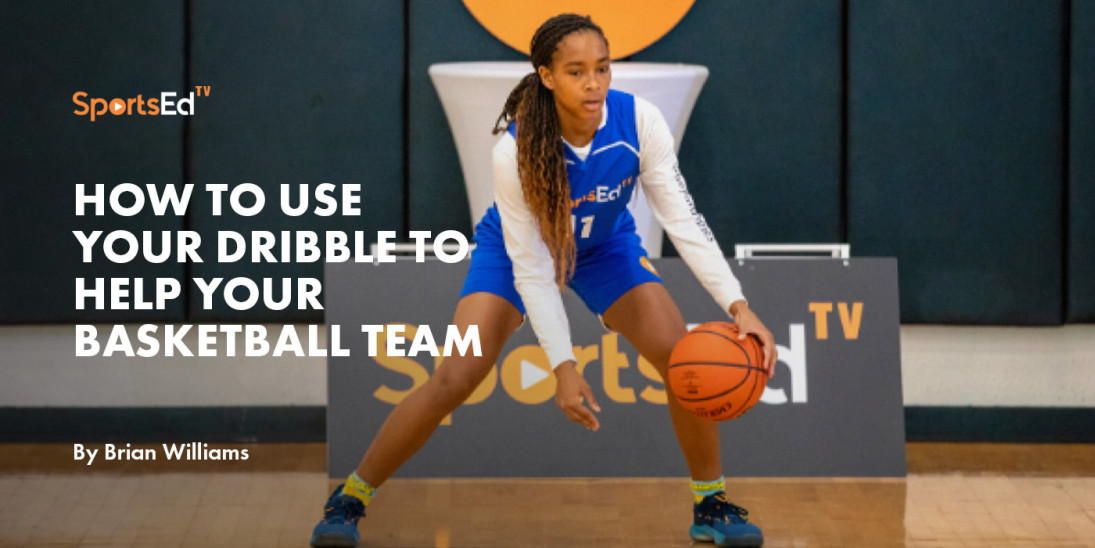
Authored by Brian Williams, Founder of The Coaching Toolbox
Yes, as I started writing this article, I realized that most of the readers will be thinking that they know everything that they need to know about dribbling a basketball. WRONG! My promise to you is that if you read this article, you will learn a thing (or two) that will improve your knowledge about now you can use your dribble to help your team. Then, it is up to you to practice, practice, practice to develop the needed skills to make it happen!
Dribbling is one of the most important skills in basketball which makes it one of the most important skills to learn and to master. To become the best you can be as a basketball player, you must become a good dribbler (no matter what position you play), and then make sure that you know when to use it and not dribble too much.
Why Dribble in Basketball
The only times to dribble the ball that are beneficial to your team are:
- Drive to the basket to score or to get one of your teammates' defenders to leave them open to come and help stop you.
- Advance the ball into the attack zone.
- Improve your passing angle.
- Get out of trouble or avoid a five-second count when holding the ball.
- Make a move to get a pull-up jump shot or a floater.
One thing you NEVER want to do is to dribble just to be dribbling without any purpose. If you can’t say when you are dribbling that you are dribbling for one of the above five reasons, then you shouldn’t be dribbling!!
Even though you can definitely dribble too much, once you start dribbling, never pick your dribble up until you have a pass or a shot. Picking up your dribble too soon invites your defender to move up close to pressure you, or allows another defensive player to come to trap you, while their teammates play hard denial defense and keep your teammates from getting open.
Following those guidelines will help you to use your dribble to get out of trouble rather than using it to get into trouble—which, unfortunately for their teams, a lot of players do.
How to Dribble in Basketball
You have probably heard coaches say to keep your head up while you are dribbling. That is only part of the story. The real key is to watch the basket your team is going to when you dribble. Focusing your vision on the rim allows you to see the whole floor because you are looking in the middle. You can see a lot of things when looking at the rim including seeing a teammate who is open and where the trouble spots are on the floor that you want to avoid.
Hall of Fame Coach Don Meyer always asked his players: “If the ball had eyes, would it be able to see when you had it?” My question to you is “How does that apply to the way you dribble?”
When you are using the dribble to drive to the hoop, make sure that you drive in straight lines. Put your body against the body of the defensive players. Make contact with the man guarding you as well as any helping defenders who might pick you up once you get by the player who is guarding you. Having legal body contact to shield the defense off puts you in control of the defense and keeps them from controlling where you go with your dribble.
The lower player between you and the player guarding you will have the advantage in the one-on-one battle. Strive to put your shoulder into the defensive player’s hip when you start your dribble. Being the “low man (or woman)” will give you the leverage strength advantage.
To say it again, dribbling players should always have their eyes on the basket that their team is shooting at. So, I personally do not like the spin dribble because it takes your eyes off the rim which means your eyes off the action. That invites teams to double-team you when your back is to the basket and you are blind to the second defender. When you have your back turned, you also miss your open teammates.
Where to Dribble in Basketball
One way to keep your dribble alive until you have a pass is to use a back dribble. When I say back dribble, I don’t mean turn your back on your defender and dribble. What I mean by a back dribble is dribbling backward and following these fundamentals
- Keep your eyes on your basket.
- Have an “arm-bar” with the hand you are not using to dribble to shield the defense.
- Moving backward while dribbling the ball near or behind your back toe.
The back dribble is the most essential type of dribble in the game of basketball because it helps you avoid trouble and get out of trouble when you get into it. Unfortunately, it is also one of the most rarely used types of dribbles and thus one of the most rarely practiced types of dribbles. Make no mistake, it is an extremely important dribble to master!
When you use the back dribble you are baiting the defense into attacking to try and steal the ball. When you get them moving toward and leaning forward toward you is he hoop. The back dribble can be used to get out of a double team and to get a break a five-second closely guarded count.
When You Dribble in Basketball
You should need no more than 1 or 2 dribbles to get from the wing to the rim. Unless you are practicing a hesitation move, hop back move, or back dribble, limit yourself to at most three (and when at all possible—two) dribbles in all of the driving drills that you do.
When you are driving the basketball, you should have the objective to get all the way to the basket to score or get fouled. You are not going to be able to get to the hoop every time, but that is the mentality you will need to draw helping defenders, and open up your teammates. Having your eyes on the rim and seeing the entire floor allows you to see where helping defenders are coming from. When you know where the helpers are coming from, you will know which of your teammates are open.
It's Not Just Where You Start, It’s Where You Finish
As important as being able to explode quickly with the dribble is the ability to stop your dribble quickly and maintain your balance. How skillfully and quickly you can dribble means nothing if stop and lose control of the ball, travel, or pick up an offensive foul.
Both a two-footed jump stop (sometimes referred to as a quick stop) and a one-two step stop (also called a stride stop) have advantages and you should be able to use both. The quick stop is easier to execute and will allow you to use either foot as your pivot foot if you pick up your dribble. The disadvantage is that it is not easy to shoot a perimeter shot if you use a two foot stop. The stride stop plant will allow you to stop more quickly. The disadvantage is that you select your pivot foot based on on which foot lands first. As a result of stopping more quickly, it allows the defense less time to react and can create some space between you and the player guarding you.
Types of Dribbles in Basketball
There seems to be an unlimited amount of dribble moves that you can use. It seems like more would be better. But, the more moves you want to use in a game, the more practice time you need to devote to developing your moves. You don’t want to be the proverbial “Jack (or Jill) of all trades, but master of none.” My best advice is to not overdo it. Develop a “Go-To” move and a counter move that you can use when the defense takes away your primary move. The combination of your two moves should be complementary to each other. When the moves are complementary, you can quickly adapt from your primary move to your counter move when the defense jumps to stop your first move.
Here is an example of what I mean by complementary moves. When your go-to move is a left-to-right crossover dribble, the perfect counter move is to fake your crossover move with your left hand. You may have heard the fake crossover referred to as an “In and Out Move” or a “Show and Go.” If you begin your crossover and your defender starts to take it away, you can immediately adjust to your show and go. There is no way that the defense can stop both of those moves at the same time.
The Ultimate Use of Your Dribble
If you have read any of the other articles that I have written, you know that my theme is always “Basketball is a team sport, and all of the skills that you develop only have value if they help the team be better and if all the skills blend together, win.
So, I am going to say that you should only dribble when it benefits the team, not to show off your skills. Nothing drives this old coach more crazy than to watch a player stay in one spot and dribble back and forth between their legs three or four (or more!) times. How does that help the team and is the player who is dribbling expecting the defense to fall down while watching the display of dribbling skill?
Yes, it is nice to be able to dribble between your legs, behind your back, when you are spinning, and any combination of those moves. But, those moves should only be executed to get away from the player who is guarding you and break the defense down and force another player or players to leave the player that they are guarding to come to pick you up.
When used properly, dribbling is a valuable part of an offensive attack. Guarding a really good penetrator is a very difficult proposition for even the best team defenses. However, improper use of the dribble leads to standing around, stagnant offense, and turnovers. Players get into problems when they dribble too much or at the wrong times. Make sure to learn how to use it and then practice using it within your team’s offensive scheme.


